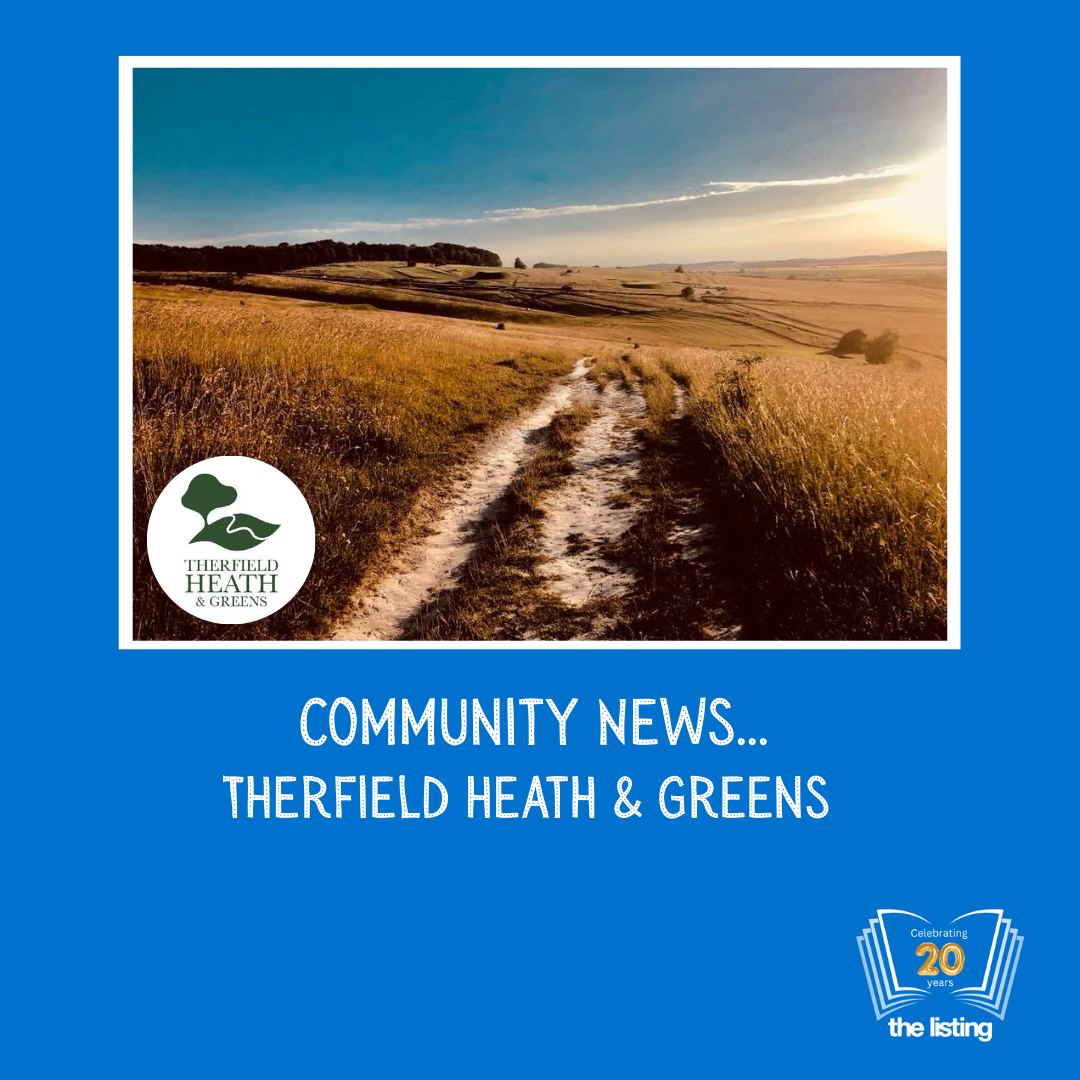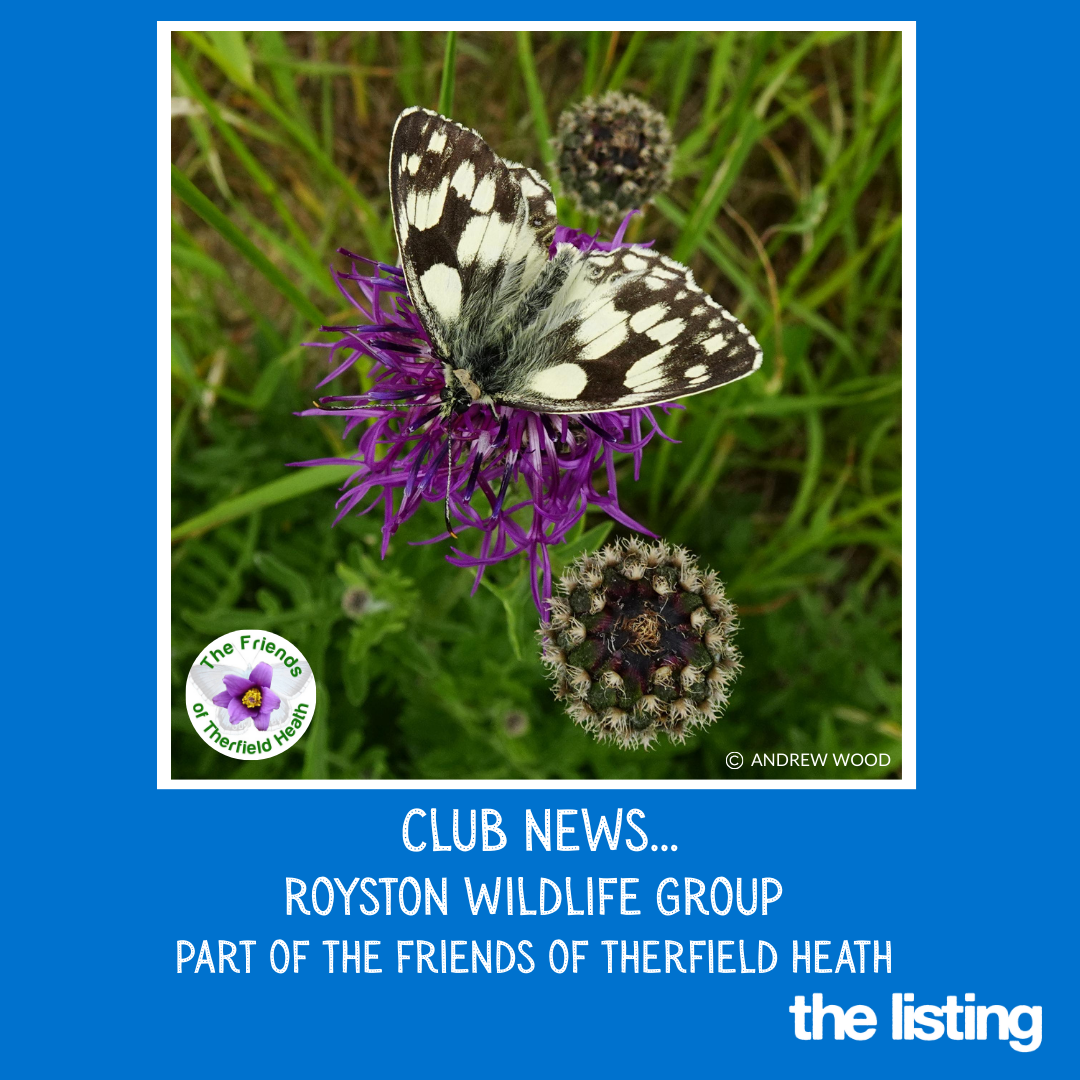Outdoors is the place to… Enjoy the merry, mauve, month of May…
By Melbourn garden designer, Richard Arnott
In this series of articles, I look to challenge you about how you look at your garden in these changing times and reflect on how important our outside time is to nourish ourselves and our loved ones. As the vaccine is being rolled out, we have every reason to keep positive and hopeful that change is on the horizon, but keeping physically and mentally fit should remain high on our list of priorities.
I am a strong believer that nature has a key role to play in effecting our sense of wellbeing and connection to the land. We have all been learning to do more with less, but as the restrictions slowly lift hopefully these new habits will have become embedded as new behaviour and nature will be a constant stream of inspiration and wonder!
This month is the very, merry, mauve, month of May, which is how I have been remembering this time of year since childhood. You can’t beat a little alliteration to tune into the seasons and the joy that they bring! Let’s explore what I mean and apply it to our local environment as that is always a good starting point for all good gardening.
Mauve flowers are everywhere this month, if you tune your eyes into your local area, you will soon see what I mean.
When designing gardens, I am often day dreaming about the plants that I want to use and the palette that I will select from. I like to establish with clients whether they like a hot colour palette or if they gravitate towards the cooler palette. I am personally drawn towards the cooler palette which certainly is in evidence this month. One of my favourite climbers, Wisteria floribunda ‘Macrobotrys’, produces its fragrant, lilac racemes of flowers and I view it as the gateway into the summer. It loves a warm south facing wall to climb on, but beware it will need taming when established.
Lilacs come into their own this month. They are shrubs that have fallen in and out of fashion of the years, but I think offer a lovely old-fashioned feel to a garden. Syringa x persica has a spectacular show of upright, fragrant, lilac flowers to justify its garden worthiness and therefore inclusion into a larger garden where it can have space to grow. The Celtics regarded them as “magical” due to the intoxicating fragrance while in Irish tradition it was thought to be bad luck to bring Lilac into the house. I prefer the Russian tradition that holding lilac over a new born would bring wisdom. There is also another form of lilac to consider in the cool palette and that is the “Californian Lilac” – Ceanothus. I like to use Ceanothus arboreus ‘Trewithen Blue’ for its evergreen vigour and good coverage on a warm, sunny wall or fence.
But of all the mauve choices at this time in the season there is one that says British flora the loudest and proudest and that is the woodland star performer the humble Bluebell – Hyacinthoides non – scripta. Its deep violet, nodding, bells look fantastic on masse as a woodland carpet. If you have never seen this wonderful sight then make it your business to get to a woodland this month to observe this traditional spectacle. The Listing has a brilliant resource on page 6. It is a good opportunity to get into your local landscape and soak up some nature.
The ‘Maytree / Maythorn’ Hawthorn – Crataegus monogyna, is the stalwart of British hedgerows up and down the land but is certainly garden worthy. I have lost count of the amount of hawthorn hedging I have put in over the years, but it is often overlooked as a tree in its own right. Commonly it is confused with blackthorn as mentioned in my March article, but as its common name suggests, it is flowering now! It has a long history of being part of May day celebrations as a symbol of fertility and rebirth which I think is very apt as we emerge out of lock down. Its hermaphrodite, white flowers have five white petals and once pollinated go on to produce haws in the autumn. It is said that if the hedge rows are full of haws in the autumn that it is nature’s way of preparing the birds for a hard winter. The haws are a good source of food for the birds and can be made into a fruit leather as an alternative snack. Medicinally hawthorn is good for the heart and is believed to “dilate the coronary arteries and strengthen the heart muscle without raising blood pressure or increasing the beat” (Hedgerow Medicine Julie Bruton-Seal & Matthew Seal). This is best achieved by making a syrup or a tincture in the Autumn.
I am a fan of Crataegus laevigata ‘Paul’s Scarlet’ too as a specimen garden tree. It produces wonderful clusters of double red flowers in May and has glossier green leaves than the common Hawthorn. This I would use as a focal point tree.
Remember to stay observant and be present whilst out in nature and allow this to influence your garden. The journey of creating a good garden should be enjoyable and the obsession should not be the final destination!













